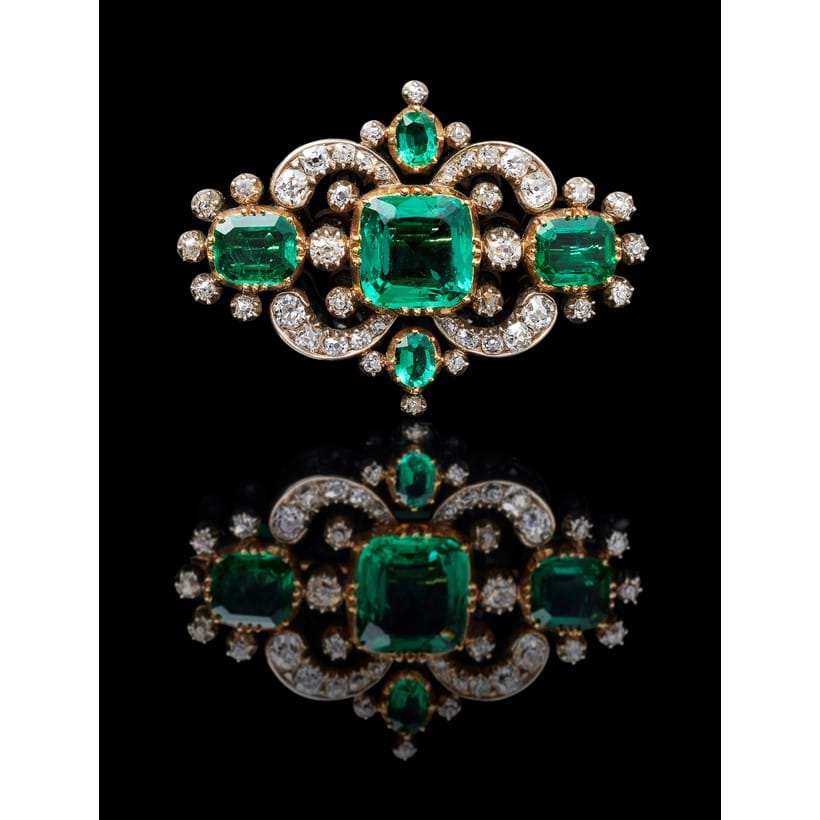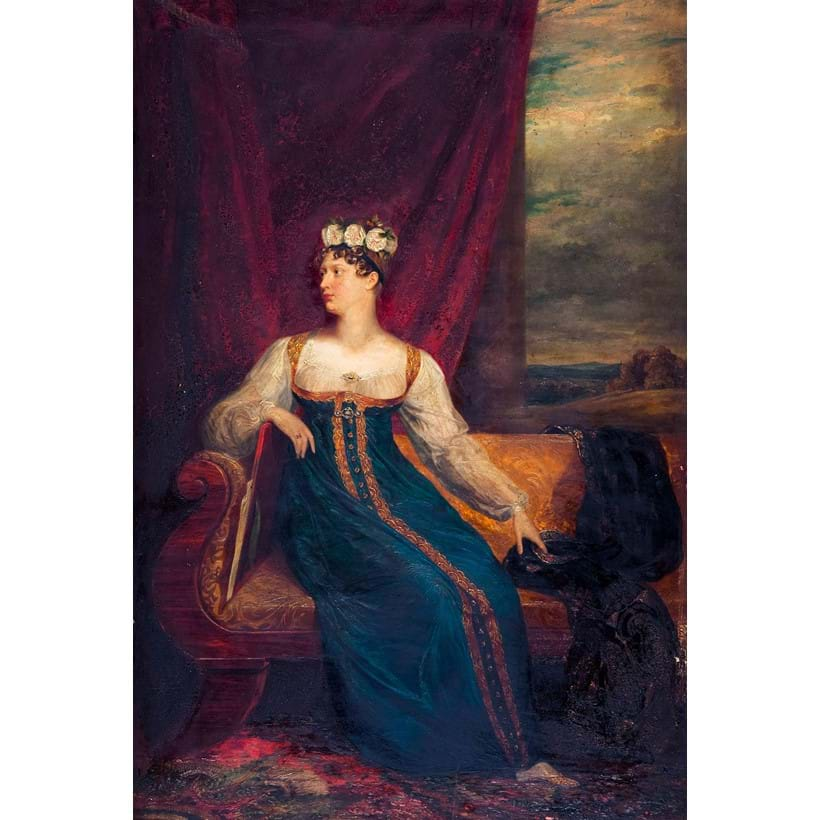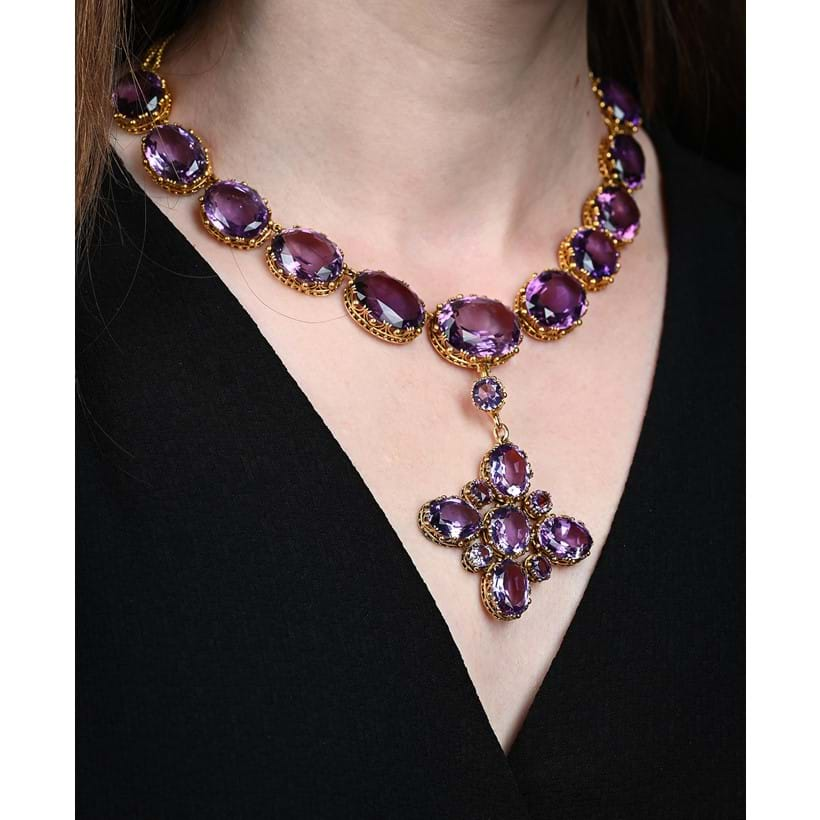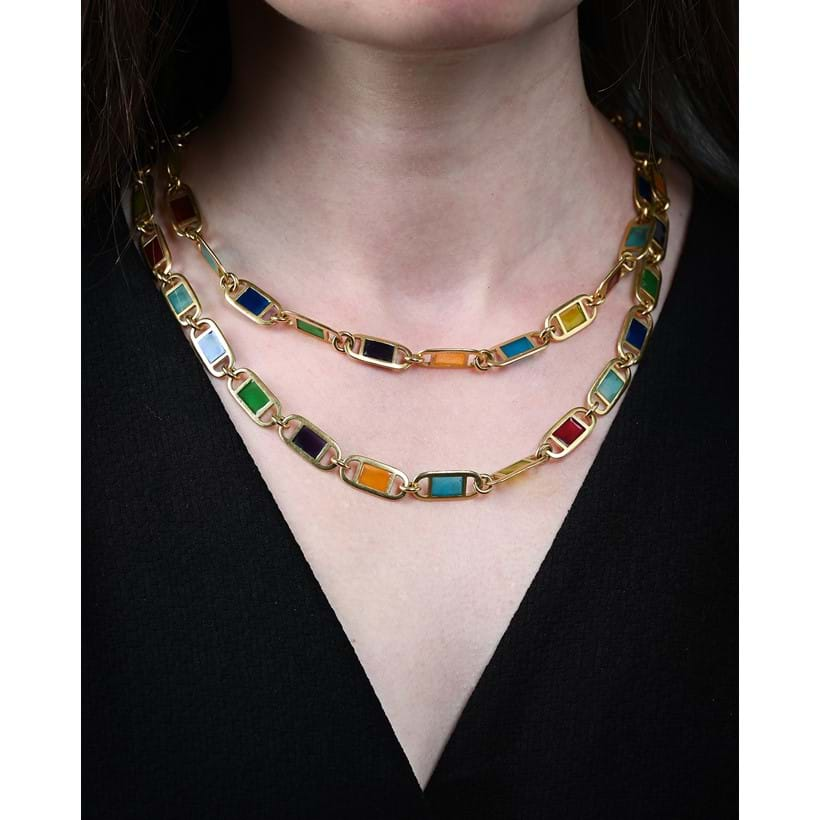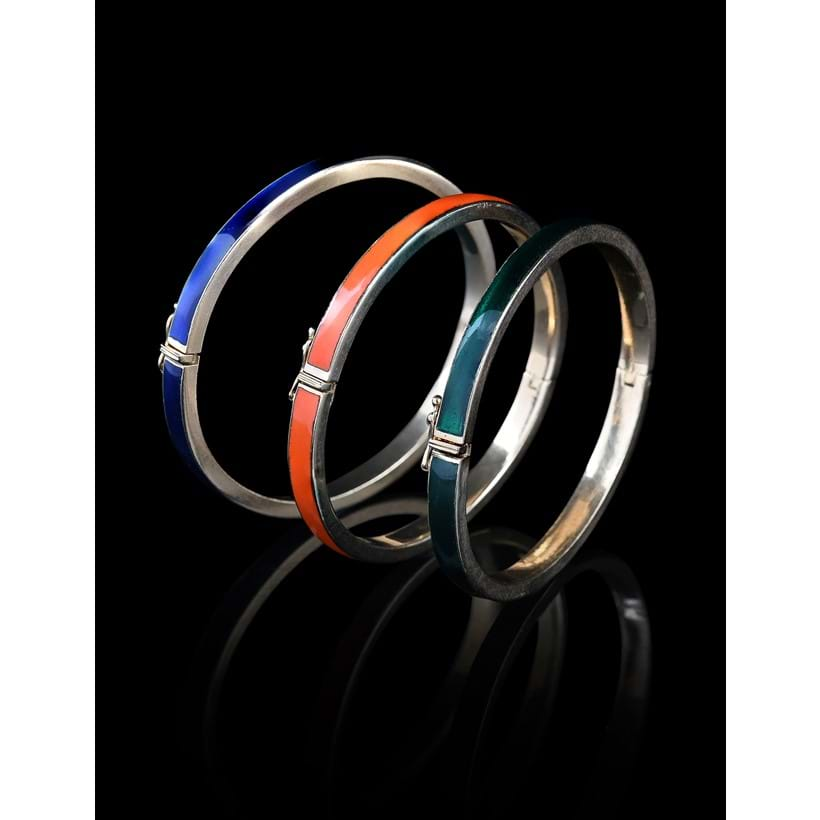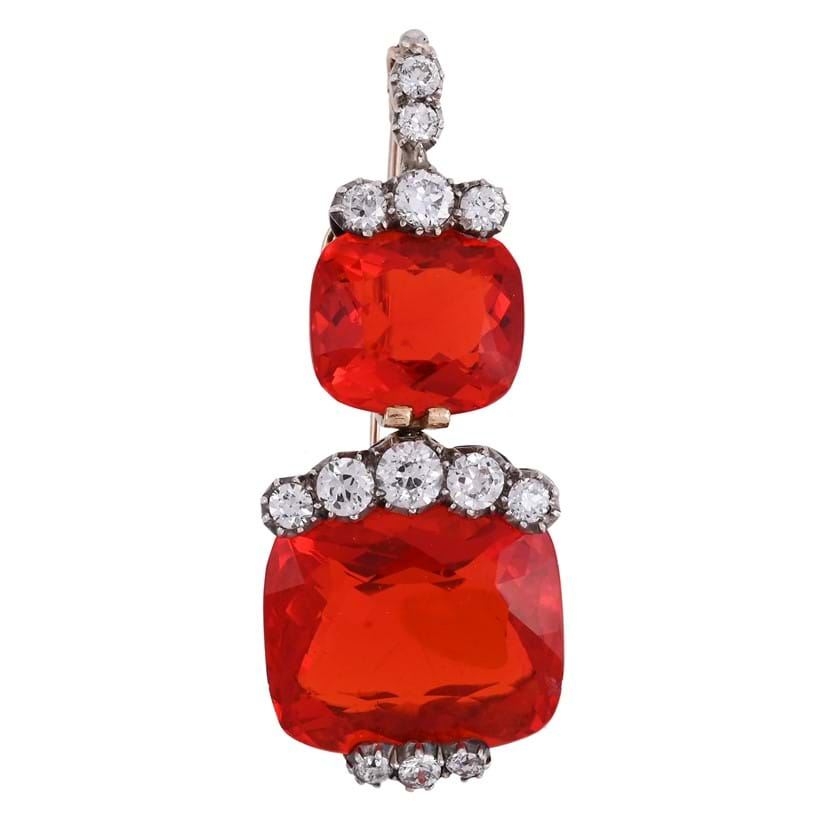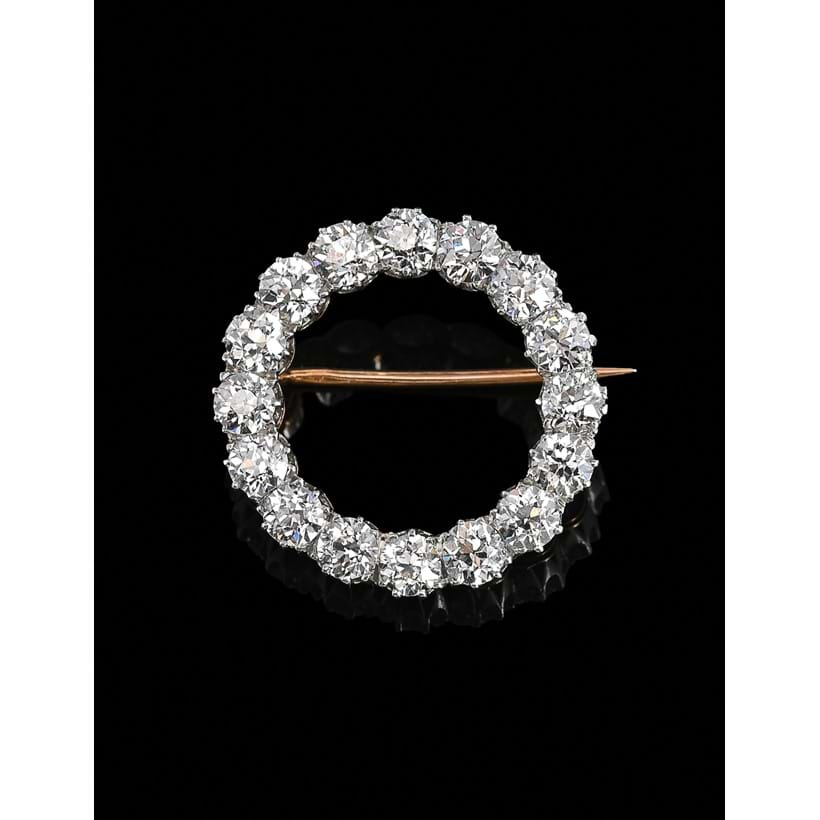Specialist's Picks | Fine Jewellery, Silver, Watches and Objects of Vertu | 12 July 2023
This summer we are pleased to present our Fine Jewellery, Silver, Watches and Objects of Vertu auction on Wednesday 12 July. With an exquisite selection of over 375 lots, the auction offers antique and modern signed pieces. Here James Nicholson, Dreweatts Head of Jewellery, Silver and Watches, takes a look at the auction and picks outs some of his favourite pieces.
Victorian silver jug and beakers by Martin Hall & Co.
To start we take a look at Lot 37, a Victorian silver jug and six beakers by Martin Hall & Co. of London, dated 1873. Here, form meets function with an absolute mastery of design. Despite being 150 years old, the almost utilitarian design of this jug and tumblers does not look out of place in a 21st century setting. I am sure the pleasure of using the jug and tumblers with a thirst quenching lemonade or possibly Pimms would add an ingredient of pizzazz to a summer afternoon or evening gathering of friends.

A Victorian silver and glass claret jug by John Mortimer and John Samuel Hunt
Also from the selection of silver, we have Lot 61, a Victorian silver mounted and frosted glass claret jug. This wonderfully exuberant claret jug is a magnificent statement in luxurious living. The quality of workmanship is undisputed coming from the next generation of silversmiths who had trained, worked with and been partners with the master silversmith Paul Storr. John Mortimer and John Samuel Hunt (who was Paul Storr's nephew) took over as partners in Paul Storr's firm when he retired in 1838. The Mortimer and Hunt partnership continued as Goldsmiths and Silversmiths to Her Majesty, Queen Victoria, until 1843 when John Samuel Hunt retired, and under a new partner Robert Roskell, the business changed its name to Hunt and Roskell. In the guise of both 'Mortimer and Hunt' and 'Hunt and Roskell', the business remained one of the very best silversmiths in Europe. This claret jug embodies the excellence of craftsmanship that came out of the workshops of Paul Storr and his successors.

A Regency emerald and diamond brooch, formerly the property of Princess Charlotte Augusta of Wales
A particular highlight and the auction cover lot is Lot 189, a Regency emerald and diamond brooch, dating to circa 1815. Formerly the property of Princess Charlotte Augusta of Wales (1796-1817), this piece is simply an incredible jewel.
The poignant dedication to Mary Anne Thynne from Prince Leopold on the lid of the box makes this a jewel of extraordinary historical importance, interwoven in the story of Britain and its Royal Family. Had Princess Charlotte and her son lived, they would have gone on to inherit the British throne after the Prince Regent (later King George III). This would have meant that Queen Victoria and her descendants would not have sat on the British throne, and our Royal Family might look very different today. The colour of the emeralds in the brooch are truly mesmerising, and seated in its box with the inscribed gold lid, it is without doubt an exceptional piece.
A mid Victorian amethyst parure
Another lovely Victorian piece is Lot 193, an amethyst parure, circa 1870. I have been passionate about gemstones since I was a little boy, and the rich purple colour of amethysts has always caught my imagination. With their Imperial and Royal associations, amethysts have been prized for millennia, with the Ancient Greeks believing amethysts to be an amulet against drunkenness, and until the 18th century, amethysts were prized as being one of the 'Cardinal', or most valuable, gemstones. As a jewellery historian, I find 19th century amethyst rivières and collars are amongst the most sumptuous of jewels, and there has been a recent fashion for wearing several of these necklaces stacked all at once around the neck, as popularised by the ultimate fashion icon, Anna Wintour, Editor of Vogue. This complete set of amethyst jewels, comprising necklace, pendant, pair of earrings and pair of bracelets is a remarkable survivor, as suites like this have often been split up, with constituent parts being divided up as they pass from generation to generation. Every time I open up the lid of the box of this suite of jewels, I am reminded of why I love amethysts so much.
A selection of jewellery from the collection of Susy Dyson
Looking at some of the more modern pieces of jewellery, I have picked out Lot 237, a polychrome plique á jour enamel long chain. Lots 231-255 in the auction belong to the collection of the English/Peruvian model Susy Dyson, and their sheer style and exuberance provide us with a snap shot into the jet set world of the 1970s. Susy was one of the hottest names in the 70s modelling world, and was not only photographed by Helmut Newton, but was a favoured model of Yves Saint Laurent, Armani, Karl Lagerfeld and Isse Miyake.
The jewel-like colours in this enamel long chain are so alive and almost carefree - this necklace is one of the most perfect summer jewels, exuding the essence of Carpi or Monte Carlo at the height of the season.
Also from the collection of Susy Dyson, we have Lots 240-242, three 1980s Cartier enamel hinged bangles. These three bangles are the simplest of jewels, yet the bright enamel colours makes them the epitome of sophistication. Along with the enamel necklace (Lot 237), these bangles are perfect for stacking, as is the current jewellery trend. The fact that they are by Cartier just adds to their mystique and allure.
A fire opal and diamond brooch/pendant
As I mentioned in my thoughts about the amethysts in Lot 193, I have been mesmerised by gemstones all my life, and I absolutely adore fire opals. Lot 279 is a fire opal and diamond brooch/pendant. Fire opal is perhaps the most accurately named of all the gem stones, thanks to the fiery reddish orange colour. Fire opals are quite rare and was traditionally found in Mexico, although there are small deposits throughout North and South America. Their appearance is like nothing else in the gem world - they are truly unique! Fire opals are not often found in jewellery, and to find specimens of the colour and size of the two gems in this pendant is quite remarkable.
A diamond circlet brooch by Tiffany & Co.
We specialists are extremely fortunate to handle so many superb things during our working lives. However, very occasionally something we handle just pops out as being above and beyond the many marvellous things we get to handle. This diamond circle by Tiffany (Lot 280) is an extremely simple jewel, but once you pick it up, the quality just blows you away. As it is made by Tiffany it is of course the most wonderful quality of workmanship, but because the diamonds have been so beautifully matched, this piece engages you on so many levels. I remember when I first saw this piece to value it, I just said "Wow", and I still think this every time I look at it.
A Kashmir sapphire and diamond ring by Asprey & Co.
Another lovely piece is Lot 354, a Kashmir sapphire and diamond ring by Asprey & Co. Coloured stones have been the hottest rage at auction for several years now, due to extraordinary international demand for exceptional rubies, sapphires and emeralds, with new records for prices achieved being set for the best quality stones. This ring contains the rarest and most sought after of all the sapphires, a 6.33 carat sapphire from Kashmir. Kashmir sapphires are extremely rare because the mines in the Himalayas, where they were found, were mined out in the 19th century, after only a few years of gem production. They are prized for their velvet midnight blue colour. The sapphire in this ring has been handed down through several generations of the same family, and was set into this re-modelled ring by Asprey.
Patek Philippe, Calatrava
Finally, we close the auction with watches. For me nothing compares to this classic Patek Philippe Calatrava (Lot 369), and this watch is simply timeless elegance. When people ask me which watch brand they should consider, I can only ever steer people towards the mastery of the watchmaker's art that is Patek Philippe. For nearly 190 years, Patek Philippe have quite rightly been considered to be watchmakers without rival. Of all the watch brands, Patek Philippe watches are those that have proven to hold their value and appeal to the market above and beyond the dictates of fashion and market trends.

View page turning catalogue
Auction Details
Wednesday 12 July, 10.30am BST
Donnington Priory, Newbury, Berkshire RG14 2JE
Browse the auction
Sign up to email alerts
VIEWING:
- Viewing in London (selected highlights only):
- Monday 3 July: 10am-4pm
- Tuesday 4 July: 10am-4pm
- Viewing in Newbury (full sale)
- Friday 7 July: 10am-4pm
- Sunday 9 July: 10am-3pm
- Monday 10 July: 10am-4pm
- Tuesday 11 July: 10am-4pm
- Dreweatts Remote Viewing Service | Find out more










